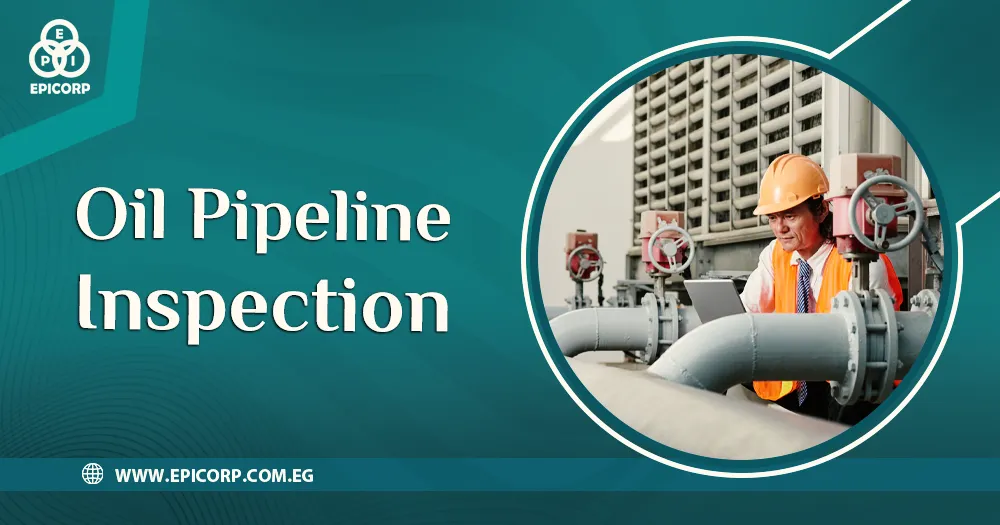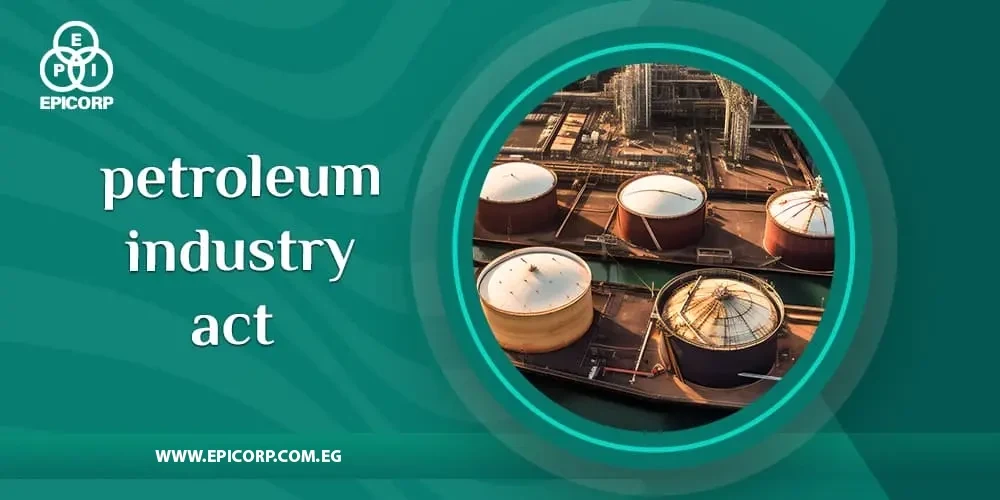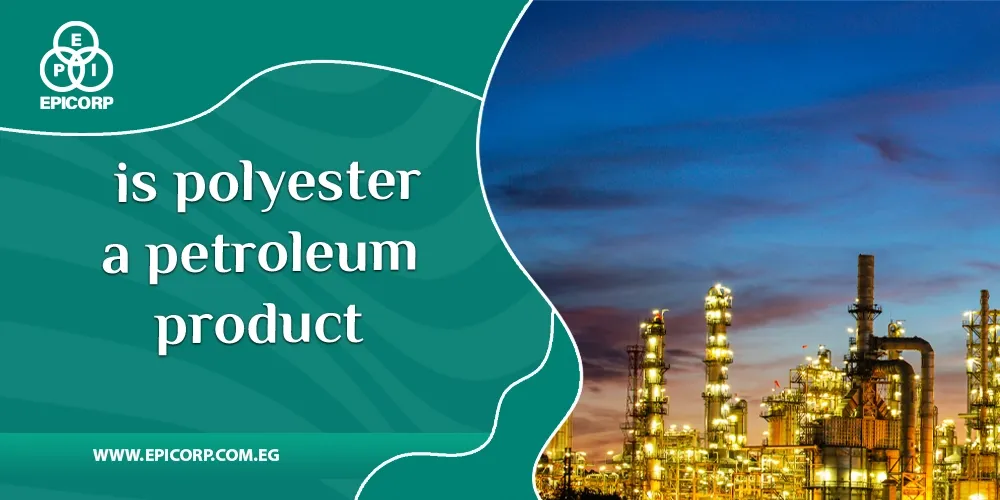oil pipeline inspection is a critical aspect of ensuring the safety, reliability, and efficiency of the vast network of pipelines that transport crude oil and petroleum products across vast distances. As an integral part of the energy infrastructure, oil pipelines play a crucial role in supplying energy to communities, industries, and markets around the world.
However, the integrity of these pipelines can be compromised by factors such as corrosion, leaks, mechanical damage, and environmental factors, posing risks to human safety, environmental protection, and economic stability. So in the following lines we will discuss oil pipeline inspection.
Table of Contents
ToggleWhat is piping inspection?
oil pipeline inspection refers to the process of examining, evaluating, and assessing the condition, integrity, and performance of piping systems used in various industrial applications, including oil and gas, petrochemical, power generation, manufacturing, and water treatment facilities.
The primary objective of oil pipeline inspection is to ensure that piping systems are safe, reliable, and compliant with regulatory standards and industry best practices. Piping inspection typically involves a systematic review of piping components, including pipes, fittings, valves, supports, and associated equipment.
To identify potential defects, vulnerabilities, or deviations from design specifications. The inspection process may include visual examinations, non-destructive testing (NDT) techniques, and performance assessments to detect and assess factors such as corrosion, erosion, cracking, leaks, mechanical damage, and degradation over time.
Read also: Petroleum Industry Definition.
What are the methods of pipe inspection?
Oil pipelines are inspected through a combination of visual examinations, non-destructive testing (NDT) techniques, and performance assessments to ensure their safety, integrity, and compliance with regulatory standards. The oil pipeline inspection process typically involves several key steps:
1. Visual Inspection:
Pipeline operators conduct visual inspections of the pipeline route and above-ground facilities to identify visible signs of damage, corrosion, leaks, encroachments.
Or other irregularities. Skilled inspectors inspect pipeline components, such as pipes, fittings, valves, supports, and coatings, using specialized tools and equipment.
2. Non-Destructive Testing (NDT):
NDT techniques are used to assess the internal and external integrity of pipelines without causing damage to the material.
Get to know: What Is Petroleum Energy
3. Thickness Measurement:
oil pipeline inspection operators measure the thickness of pipeline walls using ultrasonic thickness gauges or other instruments to assess corrosion rates, erosion, and remaining material thickness.
Thickness measurement helps identify areas of potential weakness or degradation that may require maintenance or repair.
4. Pressure Testing:
Hydrostatic or pneumatic pressure tests are conducted to verify the structural integrity and leak-tightness of pipelines under operating conditions or simulated service conditions.
Pressure testing involves pressurizing the pipeline segment with water or air and monitoring for leaks or pressure drops that could indicate defects or weaknesses.
Here’s: Solid Waste Management In Petroleum Refineries.
Why is pipe inspection important?
oil pipeline inspection is crucial for various reasons:
- Preventative Maintenance: Regular inspections help identify potential issues such as corrosion, cracks, or leaks before they escalate into costly problems.
- Safety Assurance: Inspections ensure that pipelines are in optimal condition, reducing the risk of accidents, leaks, or ruptures that could harm people or the environment
- Compliance: Many industries are subject to strict regulations regarding pipeline integrity and safety.
- Asset Management: oil pipeline inspection provides valuable data for asset management, allowing organizations to plan maintenance schedules, prioritize repairs, and extend the lifespan of their pipeline infrastructure.
- Cost Savings: Early detection of issues through inspections can prevent costly repairs, emergency shutdowns, and production losses, ultimately saving money in the long run.
Read also: Petroleum Refinery In Modern Times.
Gas pipeline inspection checklist
An oil pipeline inspection checklist is essential for ensuring the safety, integrity, and compliance of gas pipeline systems. Here’s a comprehensive checklist covering various aspects of oil pipeline inspection:
1. Documentation review:
- Verify that all necessary permits, licenses, and regulatory approvals are current and accessible.
- Review pipeline design drawings, operating procedures, emergency response plans, and maintenance records.
- Ensure compliance with relevant industry standards, codes, and regulations (e.g., API 570, ASME B31.8, PHMSA regulations).
2. Pipeline condition assessment:
- Inspect the pipeline route for signs of corrosion, leaks, encroachments, or third-party damage.
- Check for ground movement, erosion, or vegetation growth that could indicate pipeline integrity issues.
- Assess the condition of pipeline coatings, cathodic protection systems, and corrosion control measures.
3. Safety equipment inspection:
- Verify the functionality and accessibility of emergency shut-off valves, pressure relief devices, and isolation points.
- Inspect signage, fencing, and marking to ensure visibility and compliance with safety regulations.
- Check the availability and condition of safety equipment such as fire extinguishers, first aid kits, and emergency response tools.
4. Pipeline operations:
- Monitor pressure and flow rates to ensure they are within acceptable operating limits.
- Verify the performance of monitoring and control systems, including SCADA (Supervisory Control and Data Acquisition) systems.
- Conduct leak detection tests and inspections of gas detection equipment.
Read also: Oil Refinery Waste Products.
Conclusion
In conclusion, oil pipeline inspection plays a vital role in maintaining the integrity, safety, and efficiency of the global energy infrastructure. As the backbone of the oil transportation network, pipelines are subject to various risks, including corrosion, leaks, and mechanical damage, which can have significant environmental, economic, and safety implications.
According to EPICORP, effective oil pipeline inspection strategies, utilizing advanced technologies such as remote sensing, robotics, and predictive analytics, are essential for detecting and mitigating potential threats to pipeline integrity. By investing in comprehensive inspection programs and adhering to rigorous regulatory standards, operators can minimize the risk of incidents, protect the environment, and ensure the uninterrupted flow of energy resources to consumers and industries. Moreover, proactive oil pipeline inspection not only enhances safety and reliability but also contributes to cost savings, operational efficiency, and regulatory compliance.
FAQ
How are oil pipelines inspected?
Oil pipelines are inspected through a combination of visual examinations, non-destructive testing (NDT) techniques, and performance assessments to ensure their safety, integrity, and compliance with regulatory standards. By conducting regular inspections and implementing appropriate corrective actions based on inspection findings, pipeline operators can ensure the continued safe operation of oil pipelines, protect personnel, assets, and the environment, and minimize the risk of incidents, leaks, and accidents.
How Long Does a oil Pipeline Inspection Take?
The duration of an oil pipeline inspection can vary depending on several factors, including the length of the pipeline, the complexity of the inspection method, the terrain and accessibility of the pipeline route, and the specific objectives of the inspection. For instance, a routine visual inspection of a short segment of pipeline may only take a few hours to complete, especially if the pipeline is easily accessible and there are no significant issues detected.



